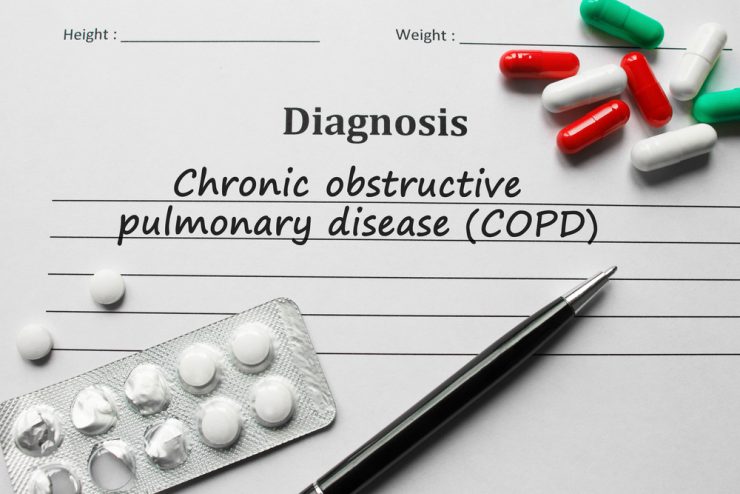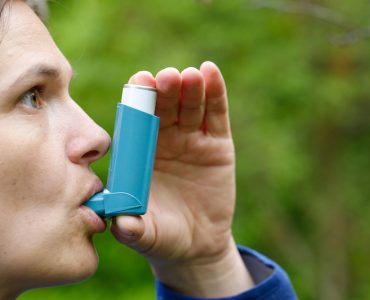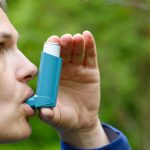The collection of diseases like chronic obstructive airways disease, chronic bronchitis and emphysema which affect the lungs is known as chronic obstructive pulmonary disease.
COPD is characterised by the inability to breathe in a normal way. This is also called airflow obstruction.
This is damage that occurs in the long term due to excessive smoking.
COPD develops over a long period of time resulting in the narrowing of the bronchioles which in turn damages the alveoli or the air sacs. In the advanced stages of this condition, the person will find it difficult to breathe properly.
There is no treatment for COPD as such, but treatment can provided for the symptoms associated with it.
Symptoms
Persons who have the habit of smoking have more chances to develop COPD. The symptoms of COPD are normally visible only after forty years. These are:
- The smoker’s cough early in the morning
- Constant coughing
- Phlegm
- A tightness in the chest
- Wheezing
- Difficulty to breathe
- Shortness while breathing
- Recurring chest infections
- Recurring lung infections
COPD causes the inflammation and narrowing of the bronchioles which damage the alveoli permanently. The person may experience one or two flare ups in a year.
The person will find it difficult even to perform the daily tasks.
There will be an increased loss of weight in the person who suffers from COPD because of improper intake of food. But in certain cases, obesity worsens the COPD.
Causes
The basic cause of COPD is smoking. This constitutes the reason for more than 80% of the cases who have chronic obstructive pulmonary disease. The normal functioning of the lungs begin declining between the ages of thirty five and forty five. In smokers, the declining of the functioning occurs at a rate which is three times as that of a non-smoker.
The effects of COPD can occur at a slower pace, if the person stops smoking.
The other causes of chronic obstructive pulmonary disease that are found rarely are:
- Excessive inhalation of dust as well as fumes
- Passive smoking
- Increased pollution levels
- The person is susceptible to COPD right from his or her birth.
Treatment
No cure is available in the case of chronic obstructive pulmonary disease. The treatment is usually given so as to get relief from the symptoms that a person has.
The following treatments are suggested first, the failing of which other options are thought.
Use of inhalers
Inhalers can be Short-acting bronchodilator inhalers or Long-acting bronchodilator inhalers. The former one is used to administer mild doses of the drug directly into lungs, for the dilation of the muscles. They also help in the prevention of lungs from hyperinflating. The latter one works in a similar way, but one single dose will be effective for a minimum of twelve hours.
Another inhaler which is prescribed is the corticosteroid inhaler.
Using medicines
Drugs like thepohylline tablets, which relaxes the bronchi muscles or, mucolytic capsules, antibiotics and steroid tablets may be prescribed in cases where the inhalers do not have any effect.
Nebuliser can be administered in severe cases of COPD.
The use of oxygen therapy in long term is advised when the lungs completely fail to function.











